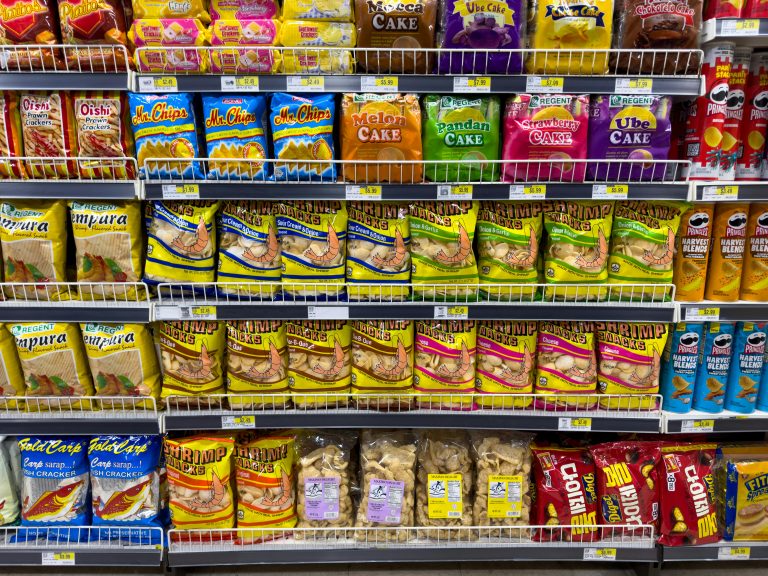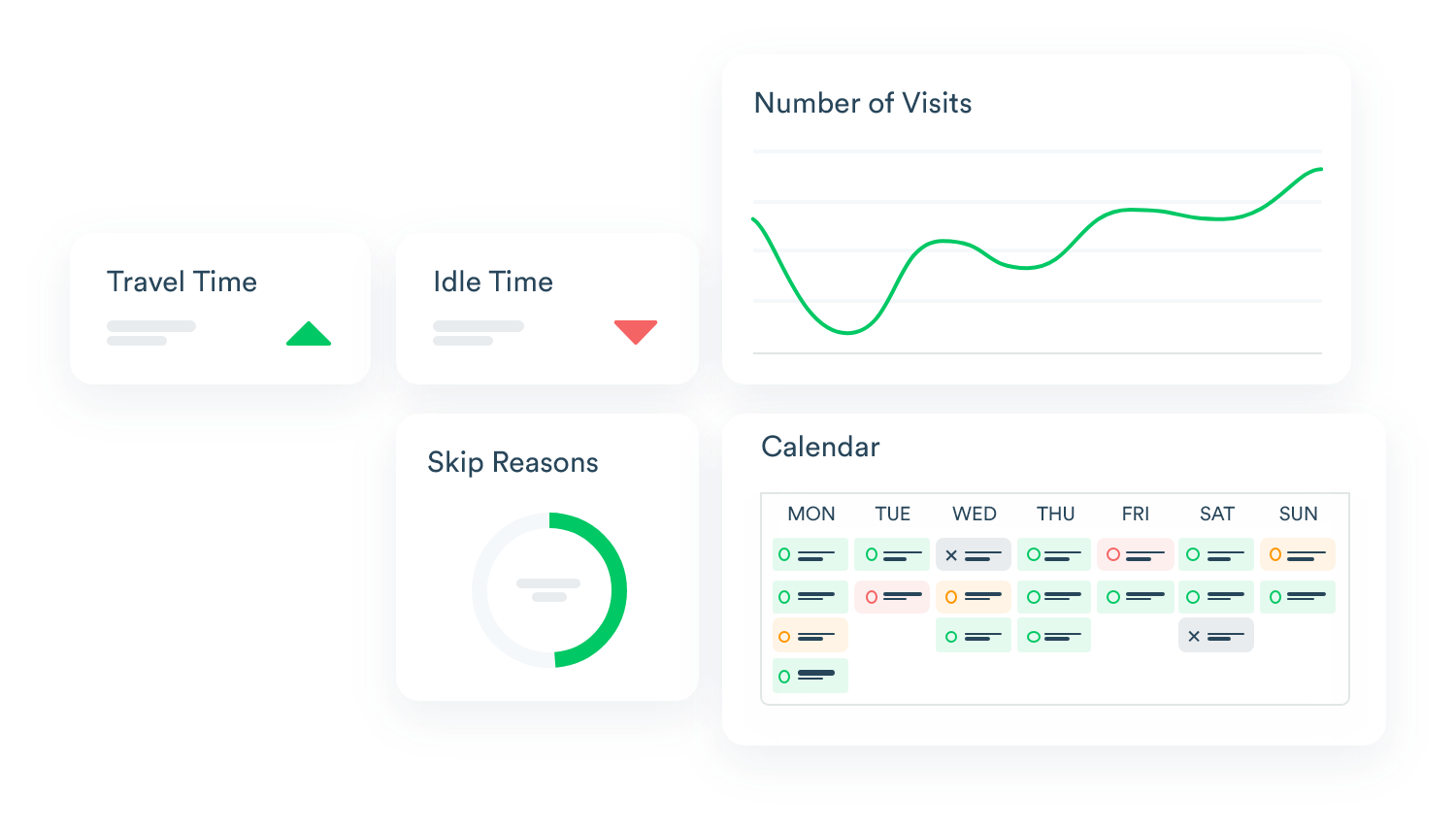Smart Merchandising Software: The Way to Perfect Retail Execution
In retail, the space between the brand’s headquarters and the store shelf is where success is truly made or lost. Merchandising, and nowadays merchandising software play a paramount role alongside, brand strategy and marketing campaigns in contributing to the final customer experience. This is where retail execution comes into play—the precise, on-the-ground implementation of your brand’s strategy. When executed flawlessly, it can transform a casual browser into a loyal customer and a single sale into a lasting relationship.
But achieving this level of perfection is a monumental task. For brands and retailers operating across dozens, hundreds, or even thousands of locations, ensuring every store is a perfect representation of the brand’s vision is a logistical nightmare. Traditional methods—relying on manual checks, paper forms, and siloed communication—are slow, inefficient, and often inaccurate. The result? A significant gap between what’s planned and what’s actually happening in stores. This disconnect leads to out-of-stock items, misplaced promotions, and inconsistent product displays, all of which chip away at a brand’s reputation and bottom line.
The Challenge with Outdated Merchandising Practices
For years, the process of checking merchandising compliance has been reactive. Field teams would visit stores with a checklist, often spending more time on administrative tasks than on building relationships or solving problems. This approach is inherently flawed:
- Lagging Data: Information from the field takes time to reach a central office. By the time a store issue is identified, the opportunity to fix it for a key promotional weekend might be gone.
- Limited Visibility: Managers lack a real-time, comprehensive view of store conditions. They can’t see if a new product is properly displayed or if a specific planogram is being followed until a report is filed—and that report might be days old.
- Inconsistent Reporting: When data is collected manually, it’s prone to human error and subjective interpretation. One field rep’s definition of “compliant” might be different from another’s, leading to unreliable insights.
- Inefficient Task Management: It’s difficult to assign, track, and follow up on corrective actions. A problem discovered in the field can easily get lost in a sea of emails and spreadsheets, without a clear path to resolution.
This operational friction creates a bottleneck that prevents brands from being agile and responsive. A new product launch can falter not because of market demand, but simply because the product isn’t where it’s supposed to be.
The Rise of Smart Merchandising Software
The good news is that technology has arrived to solve these core challenges. Modern merchandising software is revolutionizing how brands manage their in-store presence. These powerful platforms go far beyond simple data collection; they are intelligent systems designed to automate, analyze, and optimize the entire retail execution lifecycle.
A best-in-class example of this is Shelvz, an end-to-end solution that helps brands and retailers orchestrate their merchandising with precision. It moves the process from a reactive, guesswork-based model to a proactive, data-driven strategy. With a platform like Shelvz, every element of in-store execution is managed from a single, centralized hub.
The Pillars of a Powerful Merchandising Software Solution
An effective merchandising software is built on three essential pillars: automation, real-time insights, and intelligent action.
- Automation for Flawless Data Capture
The first step to perfecting retail execution is to make data collection effortless and objective. A smart merchandising solution uses advanced technology like image recognition and AI to automate this process. A field rep simply takes a photo of a shelf, a promotional display, or a product assortment. The software instantly analyzes the image, checking for:
- Planogram Compliance: Is every product in its exact, designated spot?
- Out-of-Stocks (OOS): Are there any empty shelf spaces that need immediate attention?
- Share of Shelf: Is the brand’s designated space being maintained against competitors?
- Promotional Compliance: Is a promotional display set up correctly with the right pricing and signage?
This automation saves a tremendous amount of time, freeing field teams from tedious checklists and allowing them to focus on high-value tasks, like building stronger relationships with store staff and engaging with customers. The data collected is standardized, consistent, and instantly available to the entire organization.
- Real-Time Insights for Complete Visibility
Once data is captured, merchandising software centralizes it on a powerful, easy-to-use dashboard. This provides managers and executives with a real-time, 360-degree view of their retail landscape. With this level of visibility, you can:
- Identify Problem Areas: Instantly see which stores, regions, or product categories are underperforming in their merchandising.
- Track Trends: Monitor performance over time to understand the long-term impact of campaigns and merchandising initiatives.
- Generate Actionable Reports: Create detailed reports on specific KPIs, allowing you to slice and dice the data to find the root cause of issues.
This unparalleled visibility transforms retail execution from a reactive struggle into a proactive optimization process. A manager can see a compliance issue in a high-traffic store and address it within minutes, not days.
- Intelligent Action for a Results-Oriented Approach
Insights are only as valuable as the actions they inspire. A top-tier merchandising software solution goes a step further by facilitating intelligent, data-driven actions.
- Prioritized Task Management: The software can automatically generate and assign tasks to field reps based on the data collected. For example, if an out-of-stock item is detected, a task is created to address it on the next visit.
- Closed-Loop Feedback: Field reps can confirm that a task has been completed by submitting a new photo. The system then verifies that the issue has been resolved, creating a closed loop that ensures problems are not only identified but also fixed.
- Predictive Analytics: Over time, the platform’s AI can learn from historical data and start to predict potential issues before they even happen. This allows for preventative measures, such as automatically alerting a store manager to a product that is likely to go out of stock soon.
This level of operational efficiency ensures that resources are allocated where they are needed most. Teams are no longer putting out fires; they are strategically optimizing their retail presence to maximize sales and brand impact.
Like what your reading?
Take a moment to subscribe before continuing and never miss out on exclusive insights, news, and case studies.
The Future of Retail is Software-Driven
In a world where consumers have infinite choices, a brand’s physical presence on the shelf is the final, crucial touchpoint. It’s the moment that convinces a shopper to choose you over a competitor. By embracing powerful merchandising software like Shelvz, brands can ensure their retail execution is not just good, but truly impeccable.
This shift from manual to digital processes translates directly into higher sales, a more consistent brand image, and a significantly improved customer experience. The future of retail execution isn’t about guesswork or reactive fixes; it’s about intelligence, precision, and a unified platform that ensures every store is a perfect reflection of your brand’s vision.
Book your demo today and get things going harder faster stronger.



